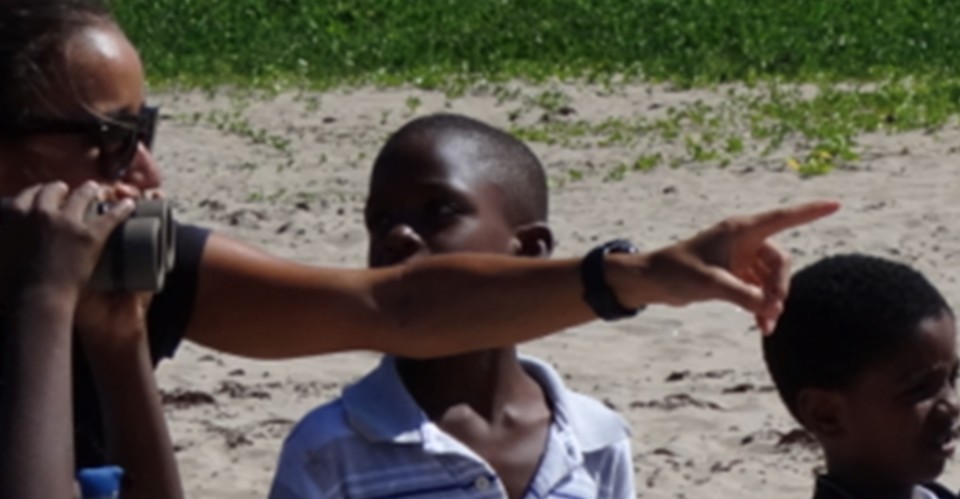As part of our campaign to celebrate the 50th anniversary of the International Waterbird Census, we asked our partners to share their favourite images of wetlands and waterbirds. This month BirdsCaribbean shares photos and stories from the Caribbean Waterbird Census.
The Caribbean: sparkling white beaches, azure seas and clear blue skies make the perfect holiday destination … for waterbirds! Every year, huge numbers of waterbirds migrate from the arctic to spend the northern winter in the Caribbean islands or as a short stop before continuing south to the Neotropics. They join a number of rare endemic species, like the West Indian Whistling-Duck or Caribbean Coot in the mangroves, marshes, salt ponds, sandy beaches, mud and tidal flats spread across the Caribbean. Sadly, like many other parts of the world these wetlands and the lives they support are threatened by human activities. Monitoring wetland sites and species is crucial to identify the drivers behind loss and decline but also to ensure protection and inform conservation efforts. BirdsCaribbean and national partners jointly conduct the Caribbean Waterbird Census every January-February as part of an effort to identify, protect and conserve the Caribbean’s unique wetlands and waterbirds. The photos kindly provided below highlight both the importance of their work and the beauty of Caribbean nature. Inspired to help or find out more? Visit the BirdsCaribbean website, read the press release on the success of the 2016 Caribbean Waterbird Census, and don’t forget to check out our other blogs to find out why #waterbirdscount!


Leave a comment